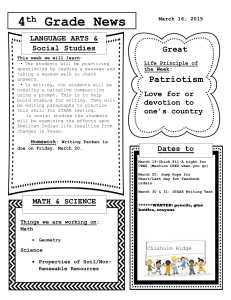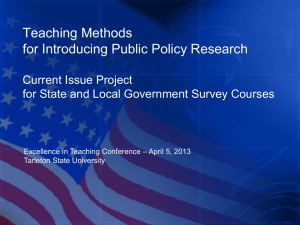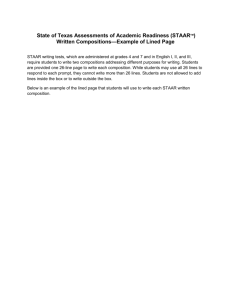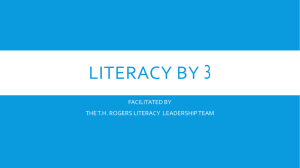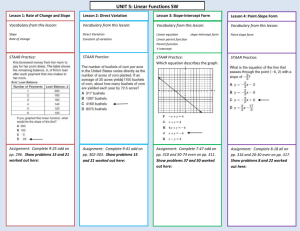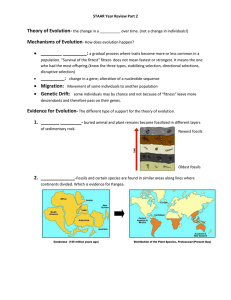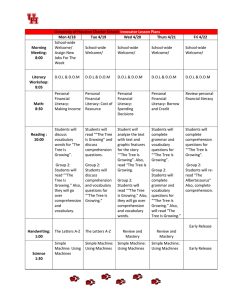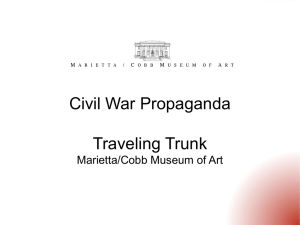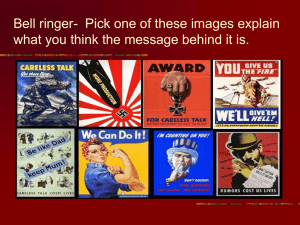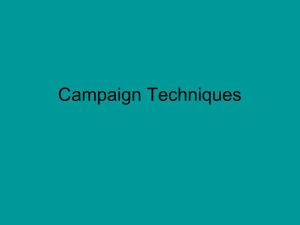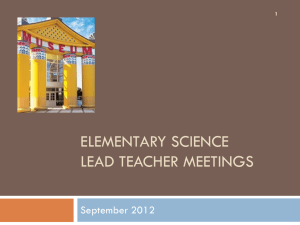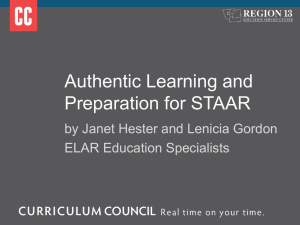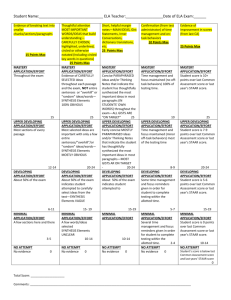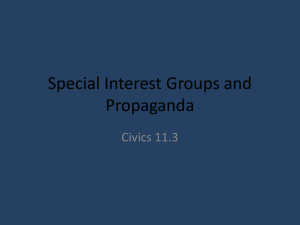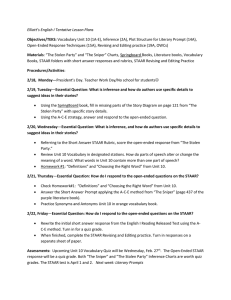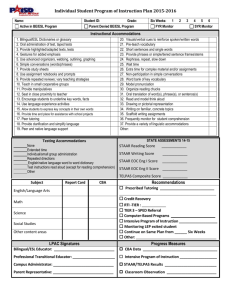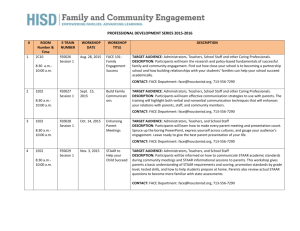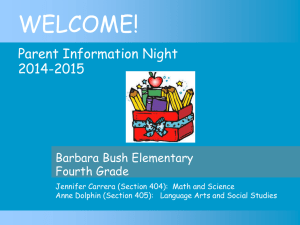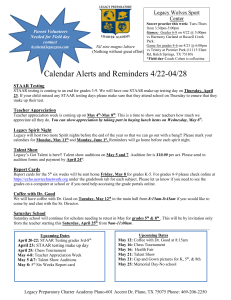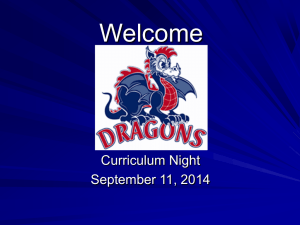Media Literacy
advertisement
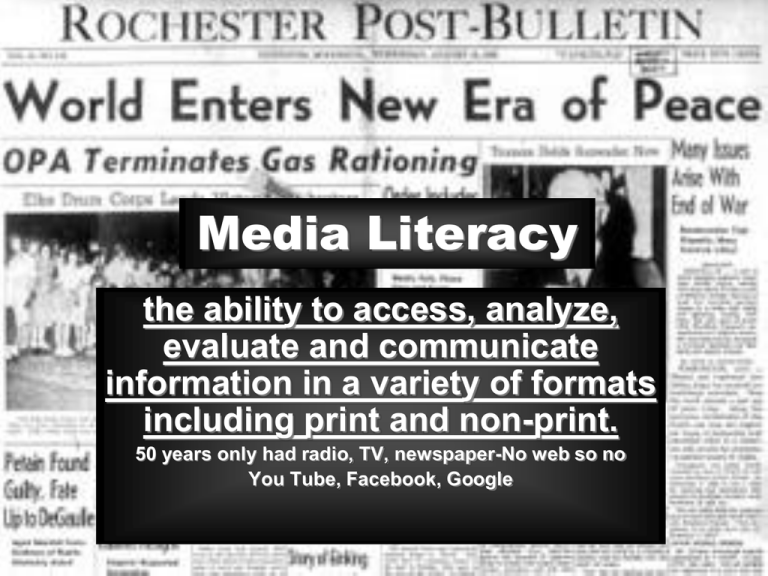
Media Literacy the ability to access, analyze, evaluate and communicate information in a variety of formats including print and non-print. 50 years only had radio, TV, newspaper-No web so no You Tube, Facebook, Google 2nd Semester Curriculum NO WRITING JUST LISTEN!!! • a.Unit 4 Intentional Persuasion-read Night by Elli Wiesel • b.STAAR Review esp. learn to write crossover. Each STAAR Test in core subject area counts cumulatively towards graduation. • c.Unit 5A Genre Connections-read Flowers for Algernon • d.Unit 5B College and Career Literacy-read the Odyssey first 2 parts awesome cuz Cyclopes is stabbed in the eye, but teacher will paraphrase Parts 3 and look at Media Art. • e.Unit 6B Inquiring Minds-write the Research Paper Topic over analyze how a main character in a movie is an epic hero. • I must have your attention so be prepared for teacher to be more strict at least until the STAAR Test, which is March 26 and March 27. The STAAR is a 2 day 4 hour timed test. Media literacy is the ability to sift through and analyze the messages that inform, entertain and sell to us every day. It's the ability to bring critical thinking skills to bear on all media— from music videos and Web environments to product placement in films and virtual displays on NHL hockey boards. It's about asking pertinent questions about what's there, and noticing what's not there. And it's the instinct to question what lies behind media productions— the motives, the money, the values and the ownership— and to be aware of how these factors influence content. The Five Core Concepts of Media Literacy 1. All media messages are ‘constructed’. 2. Media messages are constructed using a creative language with its own rules. 3. Different people experience the same media message differently. 4. Media have embedded values and perspectives. 5. Most media messages are organized to gain profit and/or power. The Five Key Questions of Media Literacy 1. Who created this message? 2. What creative techniques are used to attract my attention? 3. How might different people understand this message differently than me? 4. What values, lifestyles and points of view are represented in, or omitted from, this message? 5. Why is this message being sent? Stereotype -generalization, usually exaggerated or oversimplified and often offensive, that is used to describe or distinguish a group. • Propaganda—the spreading of ideas, information or rumor for the purpose of helping or injuring an institution, a cause, or a person, or ideas, facts, or allegations spread deliberately to further one’s cause or to damage an opposing cause; also a public action having such an affect. The techniques of propaganda are used in the military, in the media, in advertising, in politics and in all sorts of human relationships. Propaganda makes people believe something is true, but it may not be true. Cover of an anti-black and antisemitic Nazi propaganda brochure. Duesseldorf, Germany, 1938. http://www.ushmm.org/wlc/en/media_ph.php?MediaId=2430 • Write about a stereotype that you have or someone else you know has. Write 3 sentences.

